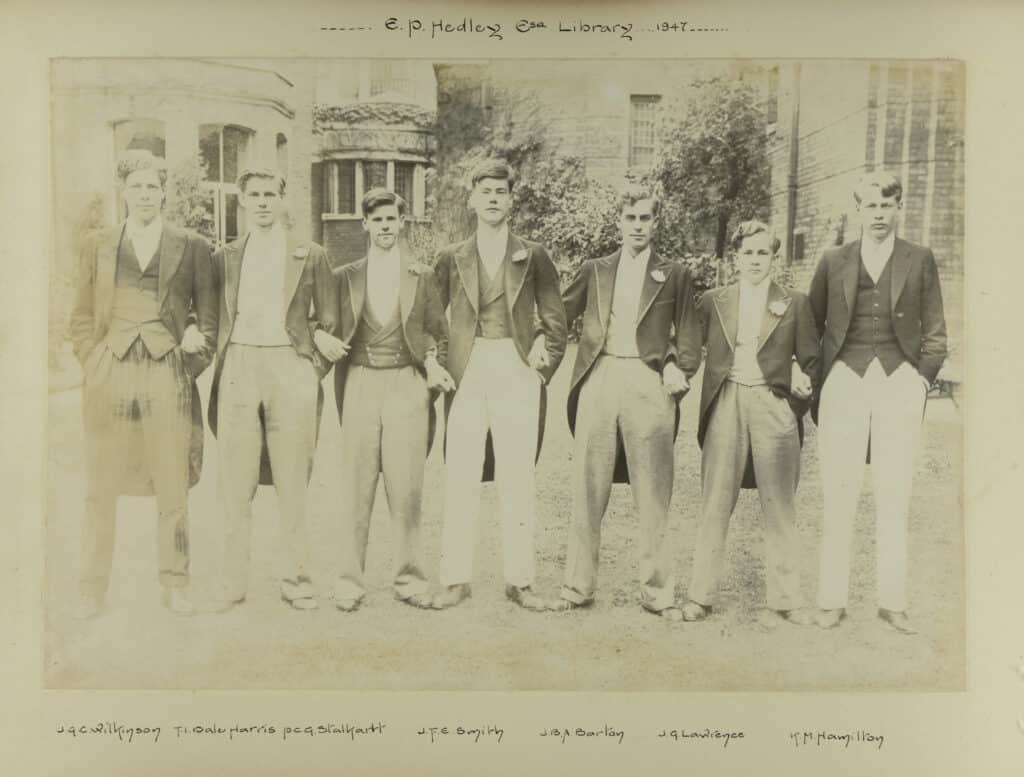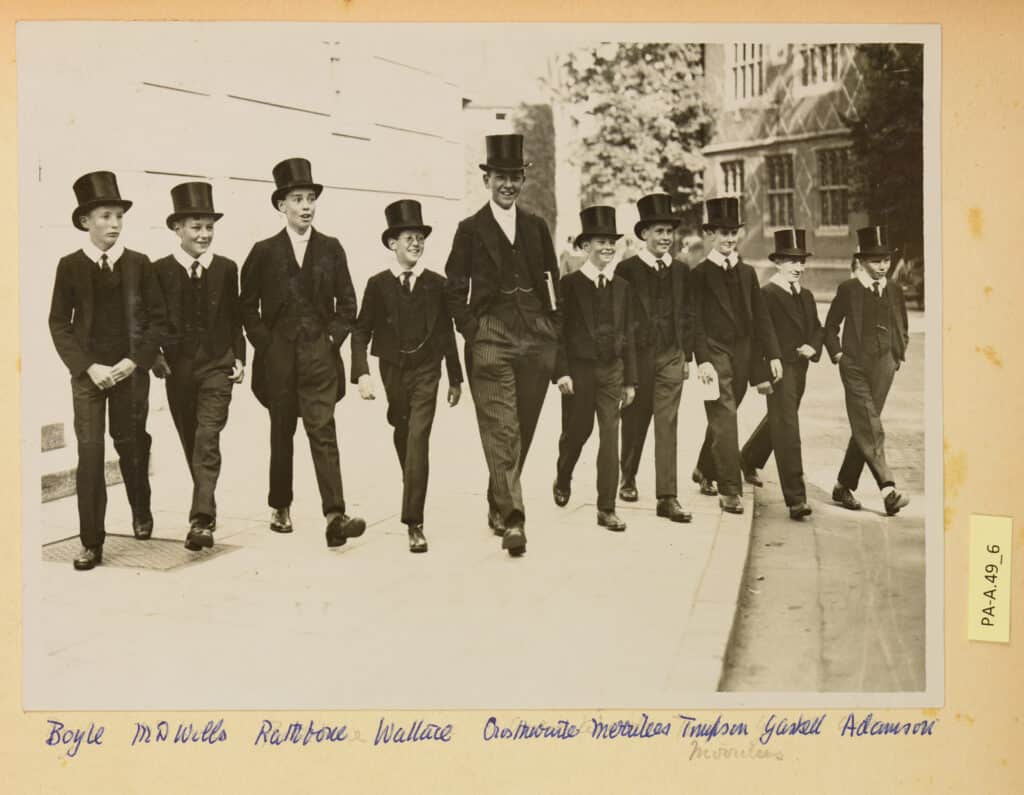“Right in the middle of everything sits the sun” wrote Copernicus in his work De Revolutionibus orbium coelestium libri sex (Six books on the Revolutions of the Heavenly Spheres). Mikołaj Kopernik, known as Copernicus (1473-1543), proved through mathematics that the Earth revolves around the Sun, at a time when it was common belief that it was fixed at the centre of the universe.
His revolutionary publication was originally printed in Nürnberg in 1543, and we are fortunate to have two copies of the first edition of this book in College Library, showing the interest of a 17th century Provost and a Head Master in this scientific matter.
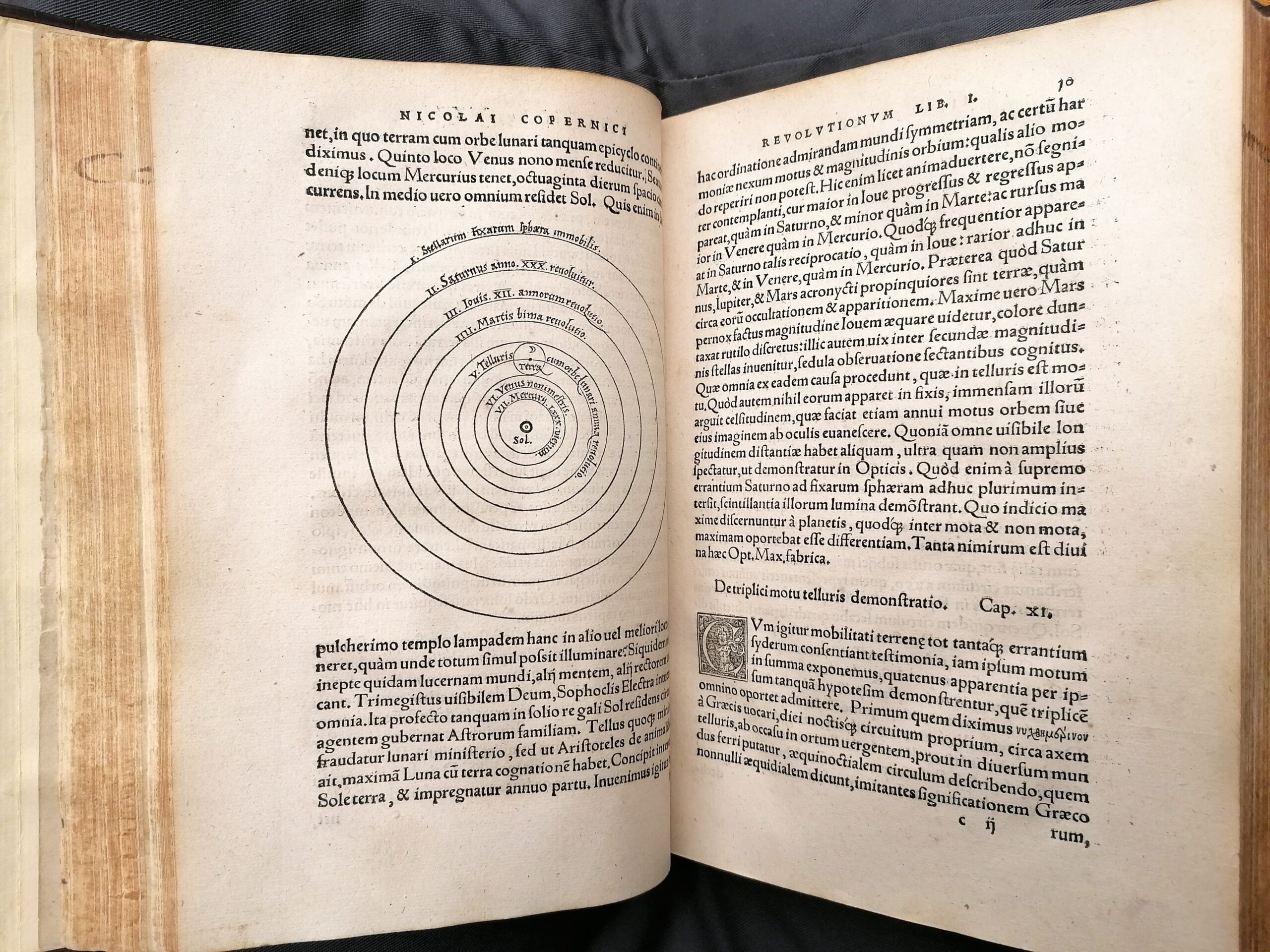
Copernicus, De Revolutionibus orbium coelestium, 1543
ECL Sa2.5.13(02)
Copernicus’ heliocentric cosmology is represented in a diagram showing the Sun in the middle of various concentric circles and the Earth with its moon orbiting around it. This book belonged to Thomas Savile (d.1593), an Oxford master and brother of Henry Savile, Provost of Eton between 1595-1622.
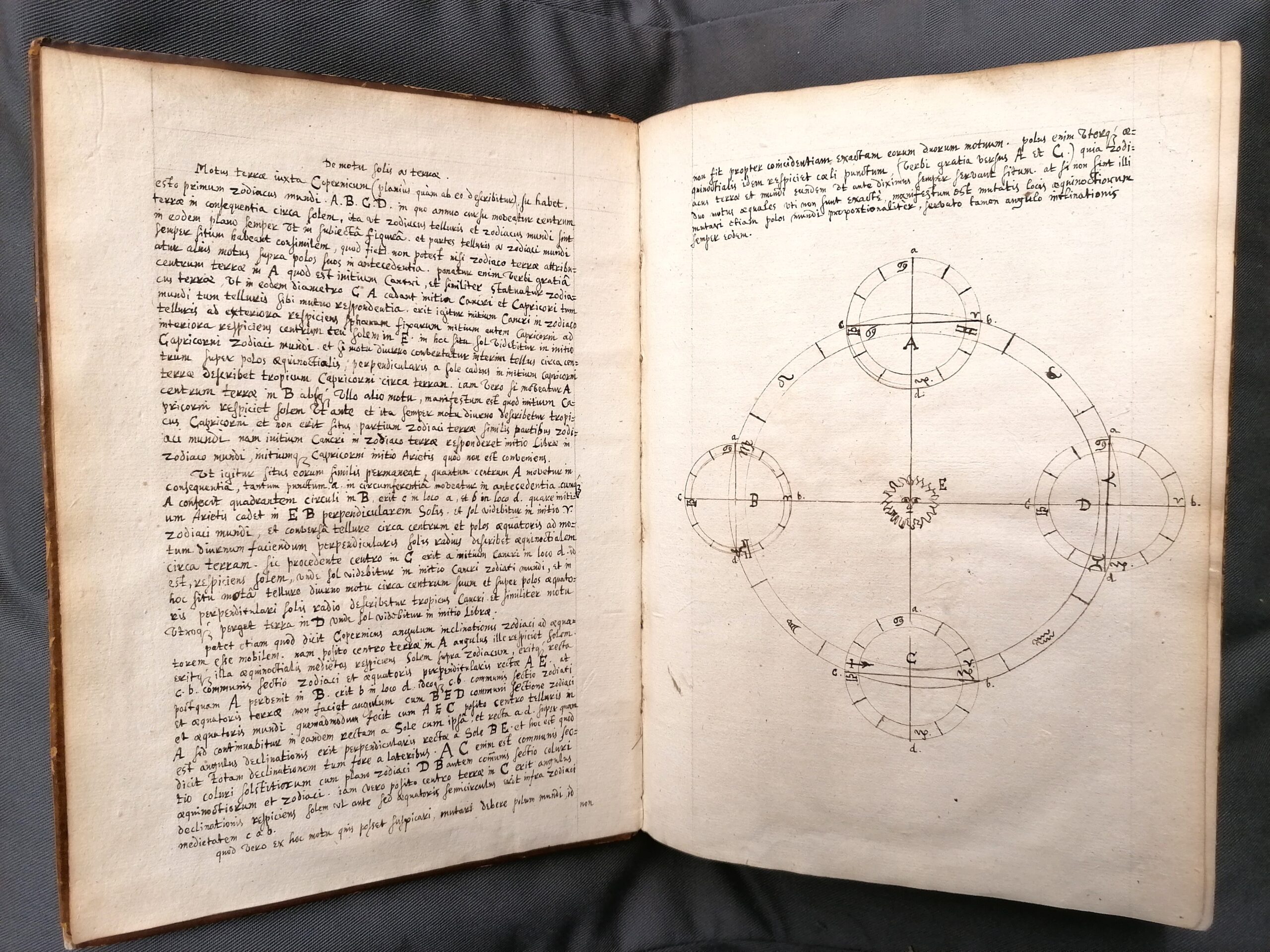
Copernicus, De Revolutionibus orbium coelestium, 1543
ECL Sa2.5.18
The heliocentric model changed the understanding not only of the solar system but also of the position of the stars: here the Zodiac is represented around the Sun. The notes and drawings in this copy have been attributed to John Harrison, Headmaster and Fellow of Eton between 1630-1642. They were copied from a manuscript of the critique of Aristotelian cosmology by physicist William Gilbert (later to be printed as De mundo nostro sublunari philosophia nova), now at the British Library.
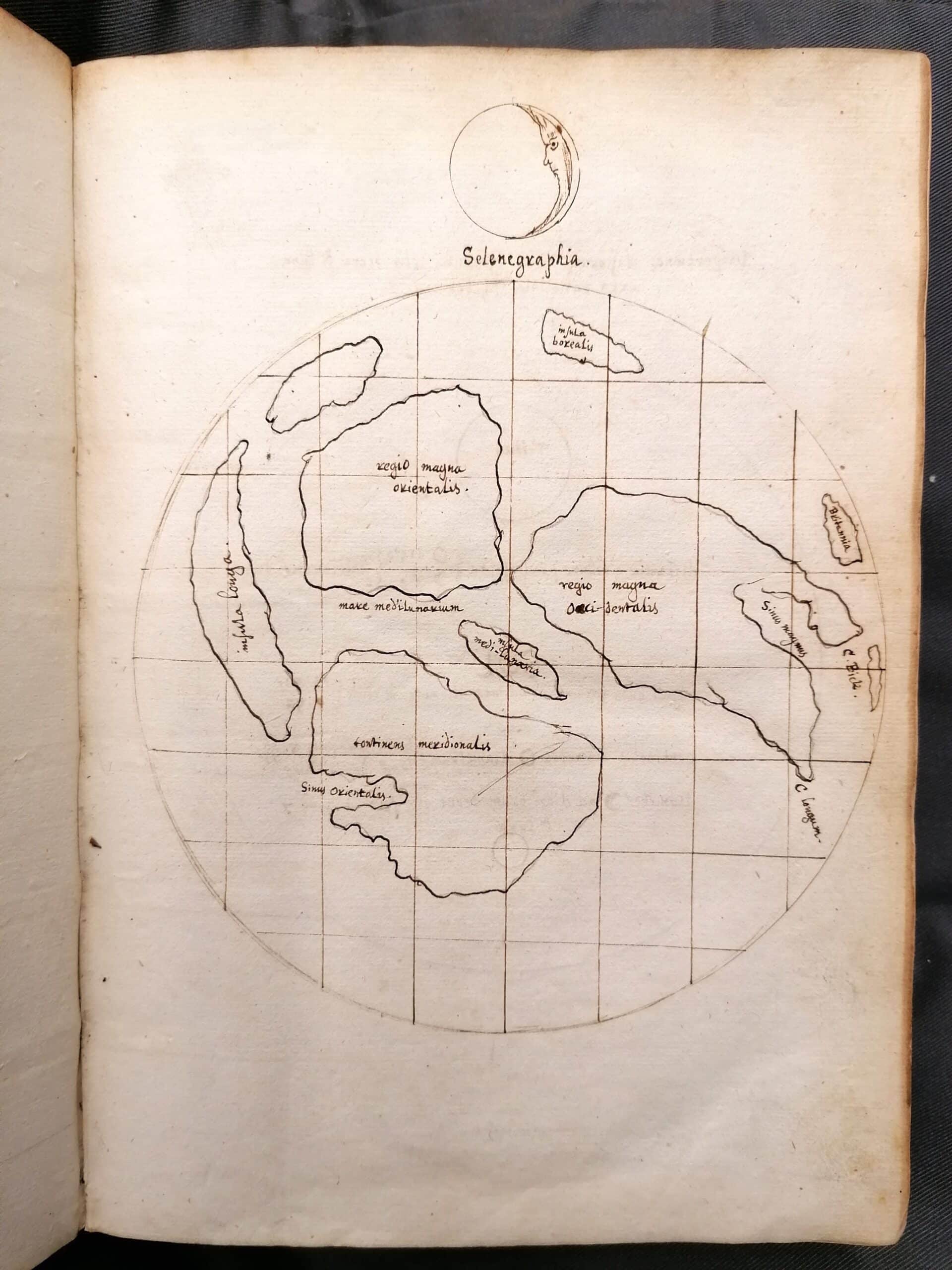
Copernicus, De Revolutionibus orbium coelestium, 1543
ECL Sa2.5.18
The notes and drawings in this copy have been attributed to John Harrison, Headmaster and Fellow of Eton between 1630-1642. They were copied from a manuscript of the critique of Aristotelian cosmology by physicist William Gilbert (later to be printed as De mundo nostro sublunari philosophia nova), now at the British Library.
Laura Carnelos, Library Curator


